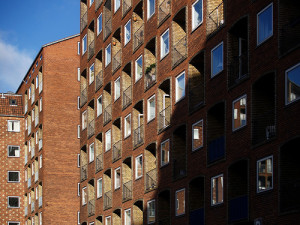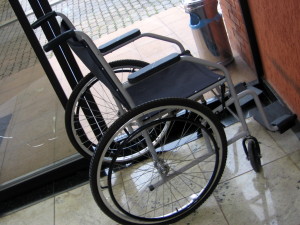 We often hear news about instances of nursing home abuse and neglect in which an elderly patient dies after being taken to a hospital after it is much too late. Particularly in cases of elder neglect, a patient may require care at a hospital. However, if a facility is understaffed and does not call for an ambulance in time, an elderly patient may not receive the care he or she ultimately needs. What if those patients could be rushed to a geriatric emergency department equipped to handle specific senior medical issues, including those related to elder neglect? According to a recent article in The San Diego Union-Tribune, a geriatric ER will soon be coming to UCSD and will provide specialized care to elderly residents in Southern California.
We often hear news about instances of nursing home abuse and neglect in which an elderly patient dies after being taken to a hospital after it is much too late. Particularly in cases of elder neglect, a patient may require care at a hospital. However, if a facility is understaffed and does not call for an ambulance in time, an elderly patient may not receive the care he or she ultimately needs. What if those patients could be rushed to a geriatric emergency department equipped to handle specific senior medical issues, including those related to elder neglect? According to a recent article in The San Diego Union-Tribune, a geriatric ER will soon be coming to UCSD and will provide specialized care to elderly residents in Southern California.
Complex Medical Needs Among the Elderly
When and where will the new geriatric emergency unit appear? It is currently in the planning stages, but the ER will become part of the Thornton Hospital at UC San Diego through an $11.8 million grant provided by the Gary and Mary West Foundation. According to the article, this emergency department “will be the first in the region to focus solely on seniors,” which is an important fact given that more Californians are reaching old age. The “complex medical needs” of the elderly, even when abuse or neglect is not a factor, “are expected to strain available resources as the baby boom generation reaches retirement age.”
 Southern California Nursing Home Abuse Lawyer Blog
Southern California Nursing Home Abuse Lawyer Blog















